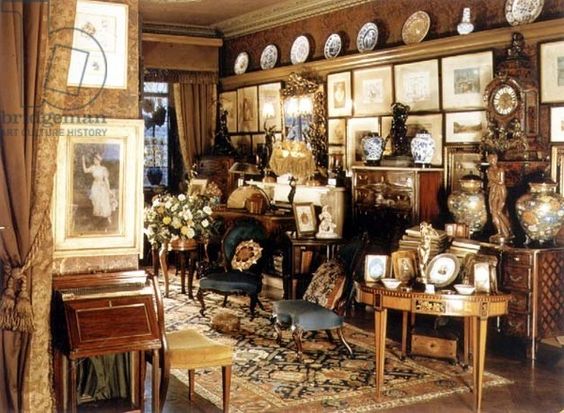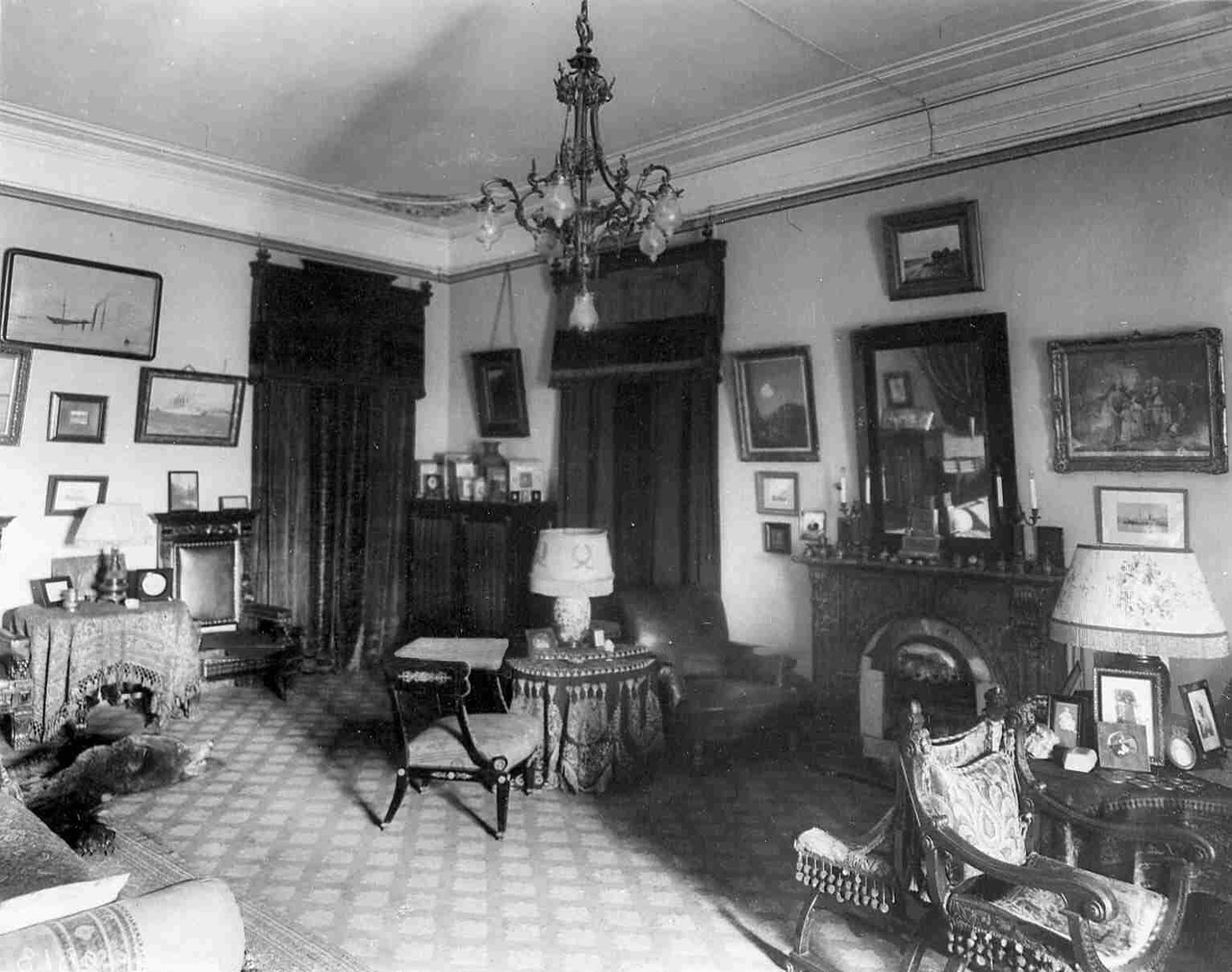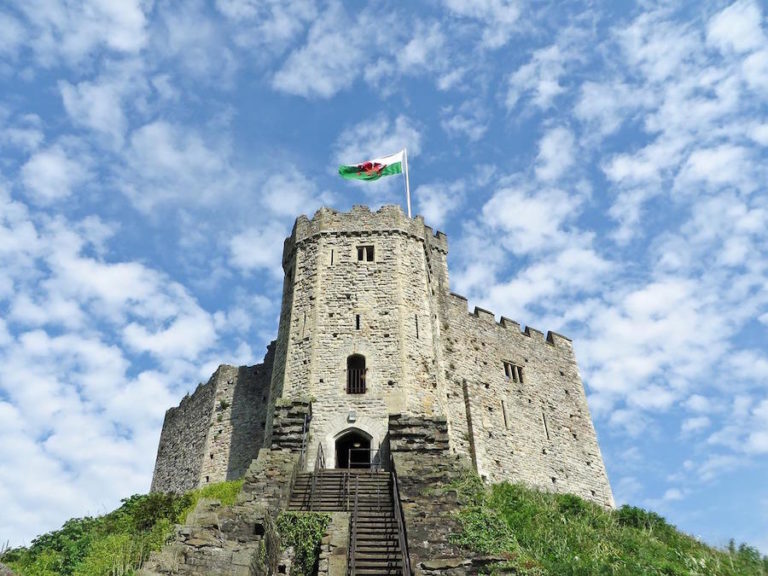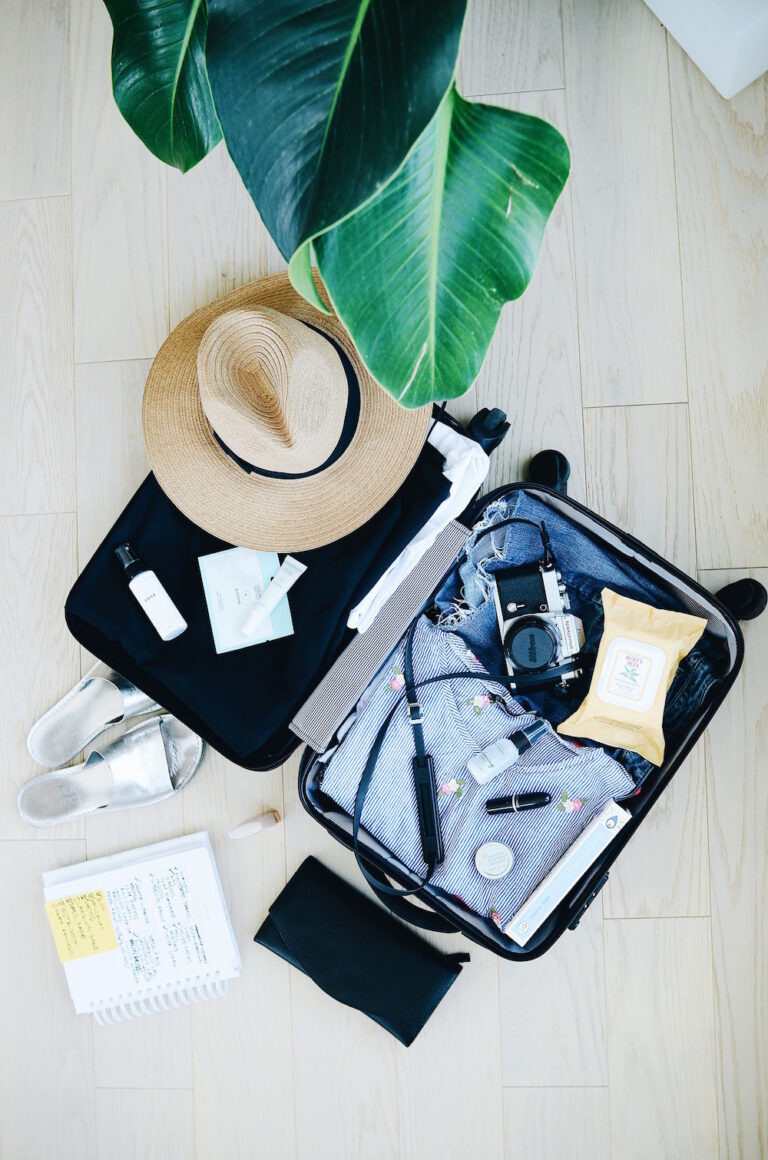History Of The Palace Of Versaille And Its Interior Styles
The Palace of Versailles, located just outside of Paris, France, is renowned as one of the most opulent buildings in the world. It was originally conceived as a hunting lodge for King Louis XIII in 1624, but it is most famous for its development into the lavish residence of the French monarchy under King Louis XIV.
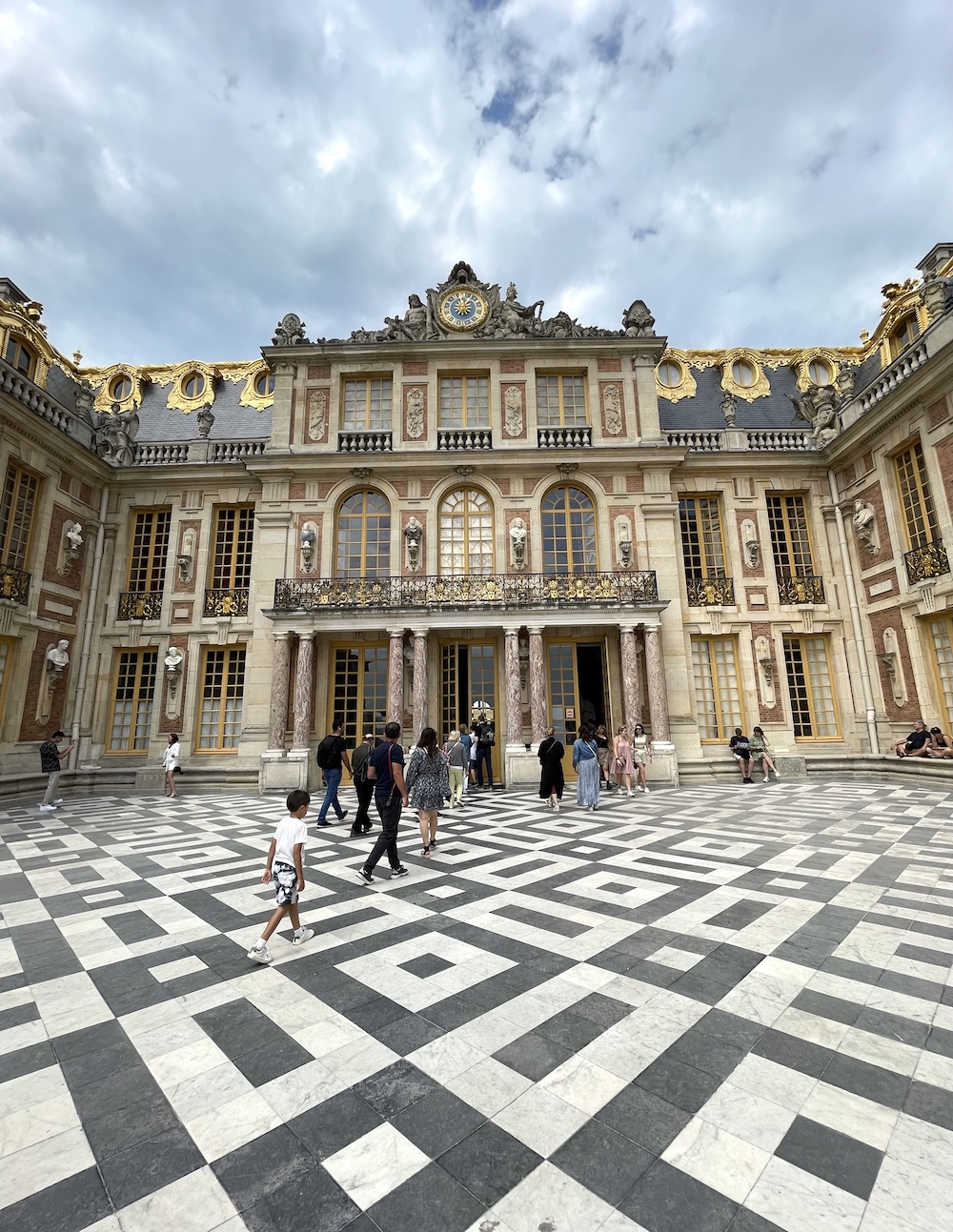
A symbol of royal absolutism and grandeur, the Palace of Versailles served as the ultimate seat of power in France until the French Revolution in 1789. Located in the city of Versailles, the palace’s sprawling grounds consist of royal buildings, gardens, and landscaped parks.
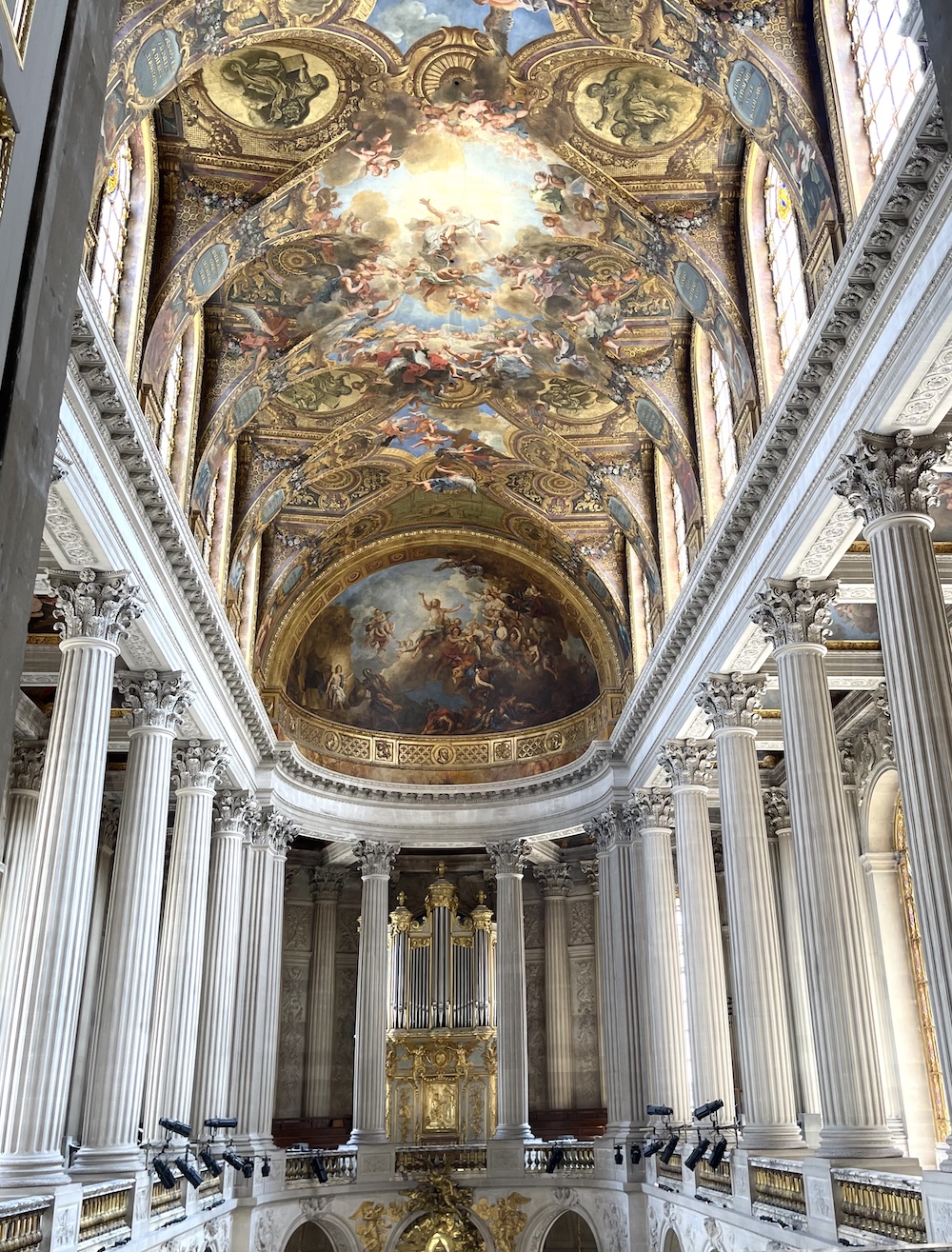
Louis XIII began the construction of the Versailles palace in 1624, but it was Louis XIV who made the palace the cultural and political center of Europe during the 17th century. Louis XIV transformed the palace into a grand and opulent residence, filled with artwork and furniture fit for a king. In the following decades, Versailles was populated with courtiers, statesmen, noblemen, and members of the royal family.

The Palace of Versailles was not only a royal residence, but also the primary site of the French government during the Ancien Régime. It was from Versailles that Louis XIV issued his edicts and established French law. It was also the site of many important meetings, such as the Treaty of Utrecht which ended the War of the Spanish Succession in 1713.

By the mid-18th century, Versailles fell out of favor with the French monarchy and the court moved to Paris. The palace was essentially abandoned until 1837 when it was opened to the public as a museum. Today, the Palace of Versailles remains one of the most popular tourist attractions in France, drawing nearly 10 million visitors each year. It is also a UNESCO World Heritage site and is an important symbol of French history and culture.
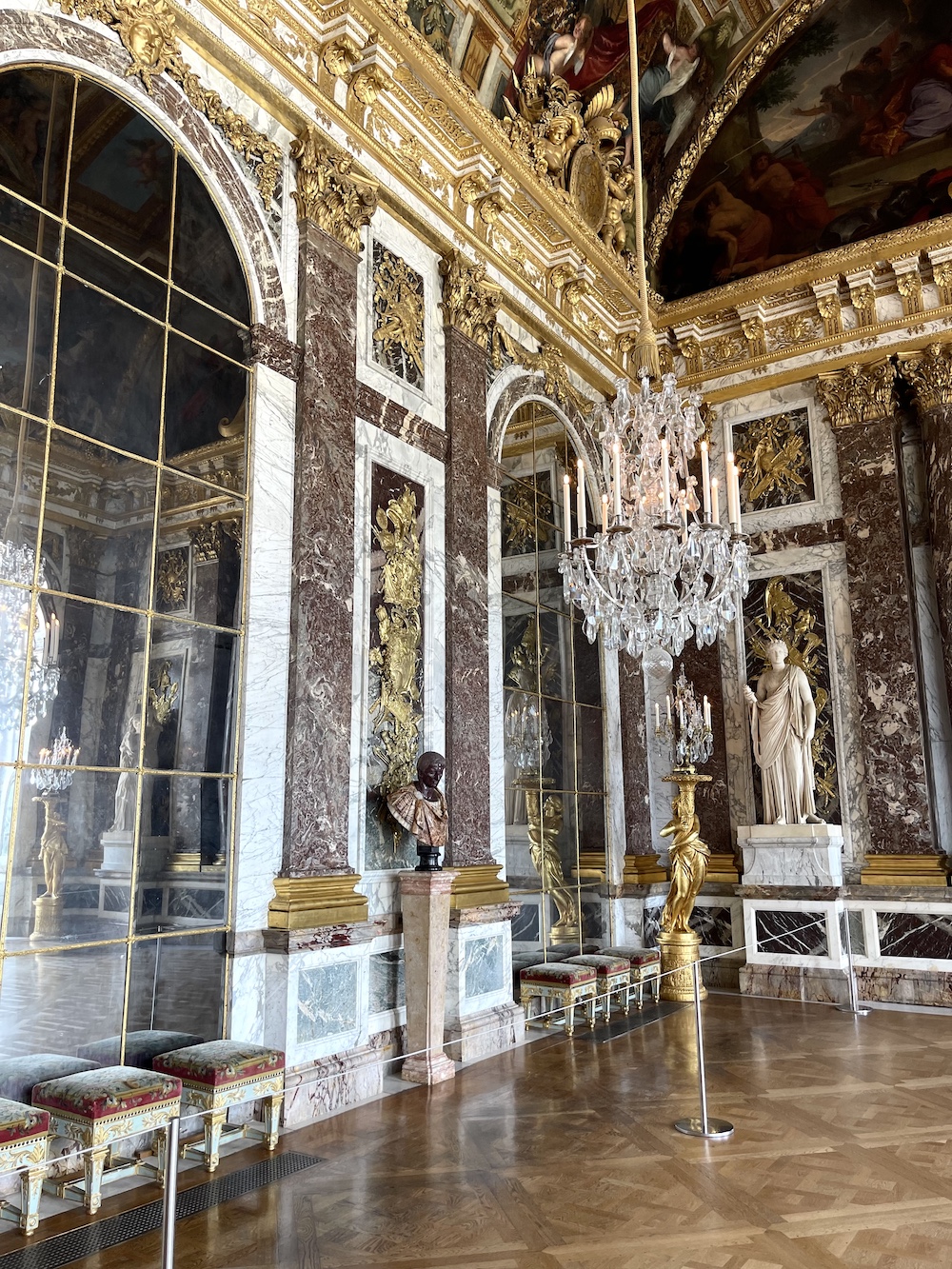
At its core, Versailles Baroque style interiors boast high-style elements, but with a bit more restraint than the more typical Rococo style. The pieces are not as ornate, and the overall look is one of understated elegance. The Versailles influence is seen in large pieces of furniture, often in painted wood or gilded finishes. The upholstery is often luxurious velvet and the color palette is rich and regal.
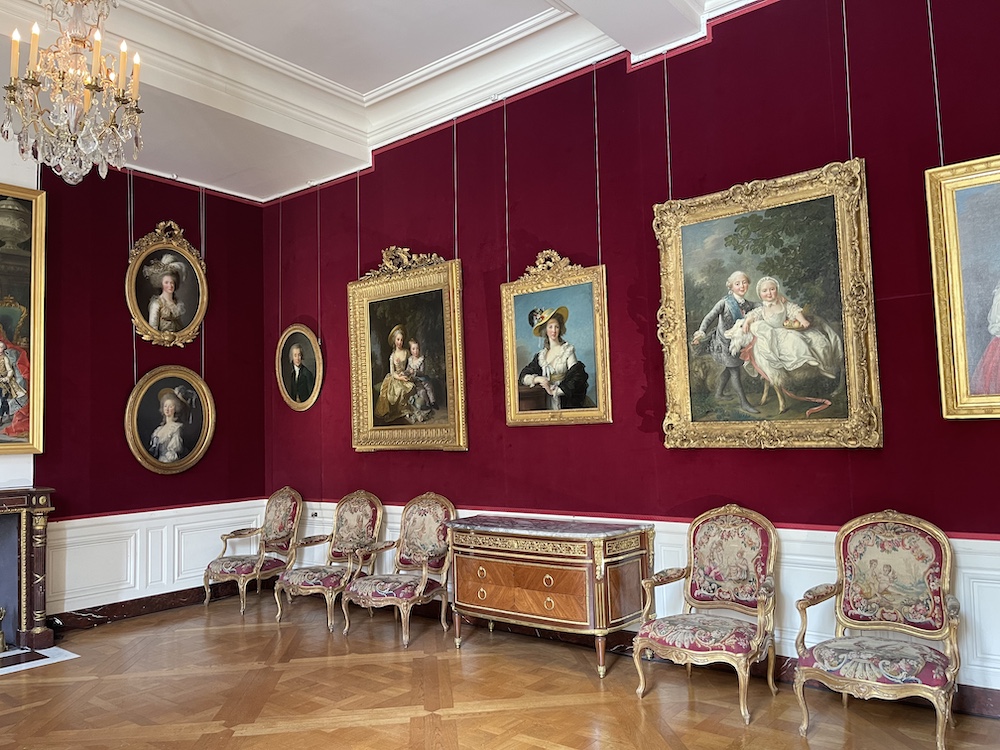
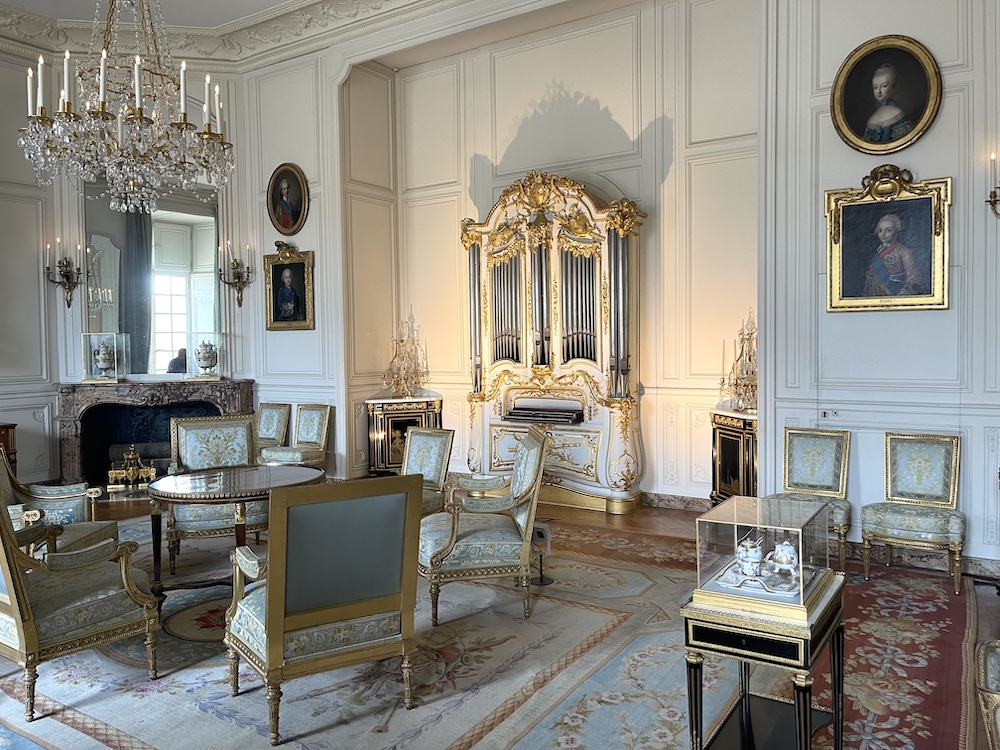
One of the hallmarks of the Versailles style is the use of symmetrical lines. This is seen in the way furniture pieces are arranged and in the wall décor – with paintings and mirrors surrounded by ornate moulding. Focal points of the room are meant to draw the eye, and the décor is kept to a minimum so that each piece can shine.
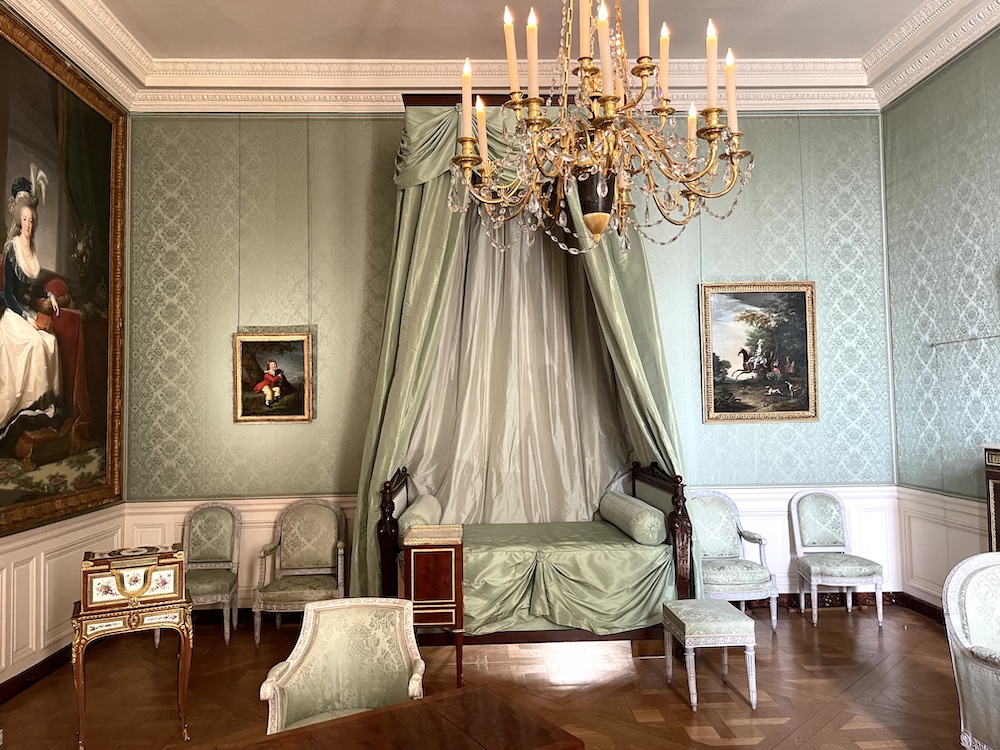
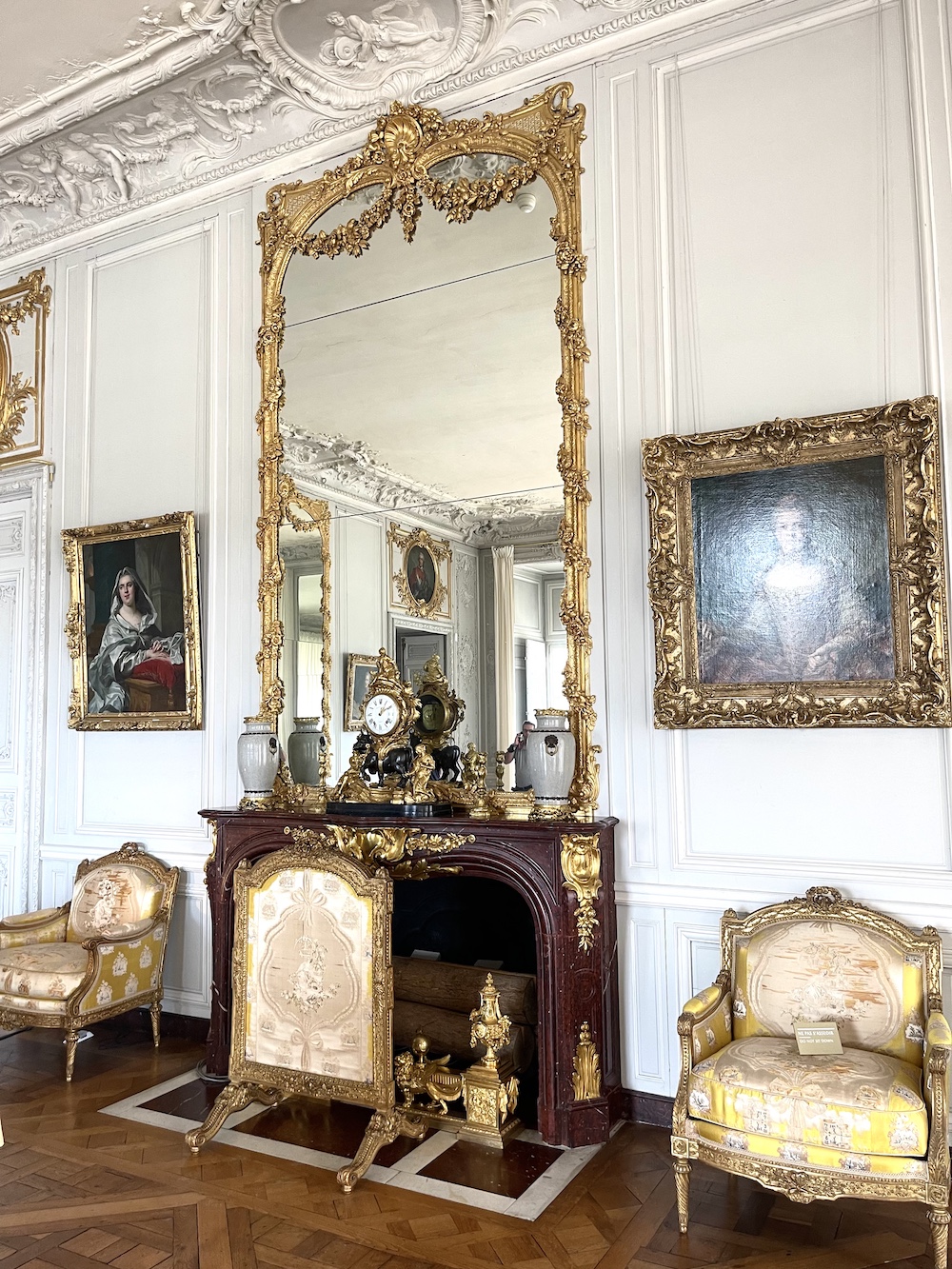
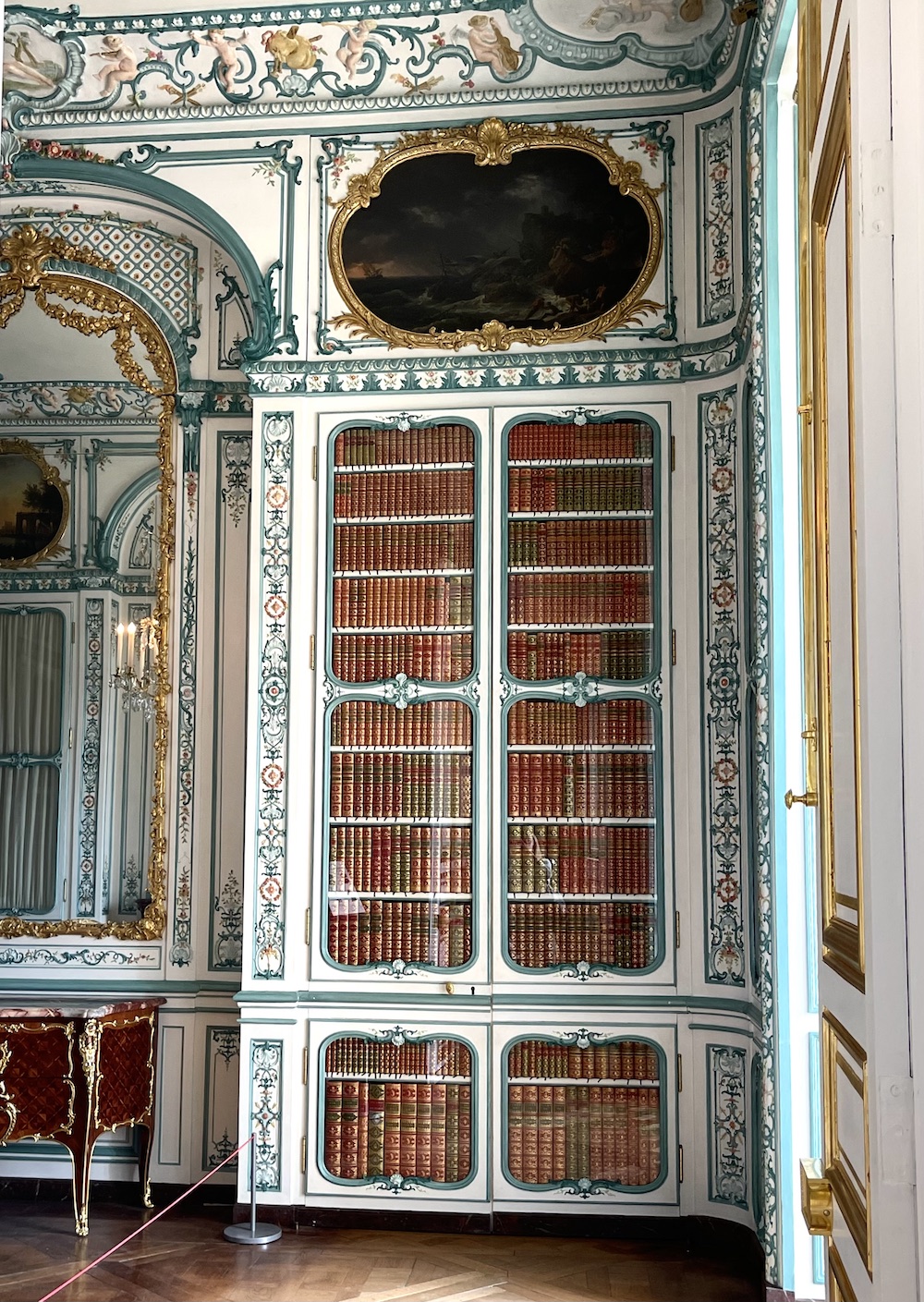
Other details seen in the Versailles Baroque interior décor include crystal and bronze light fixtures, marble and parquet flooring, and reproduction antiques. Drapery and tapestries are also common elements. And, of course, no Versailles-inspired look would be complete without a chandelier to add a luxurious final touch.
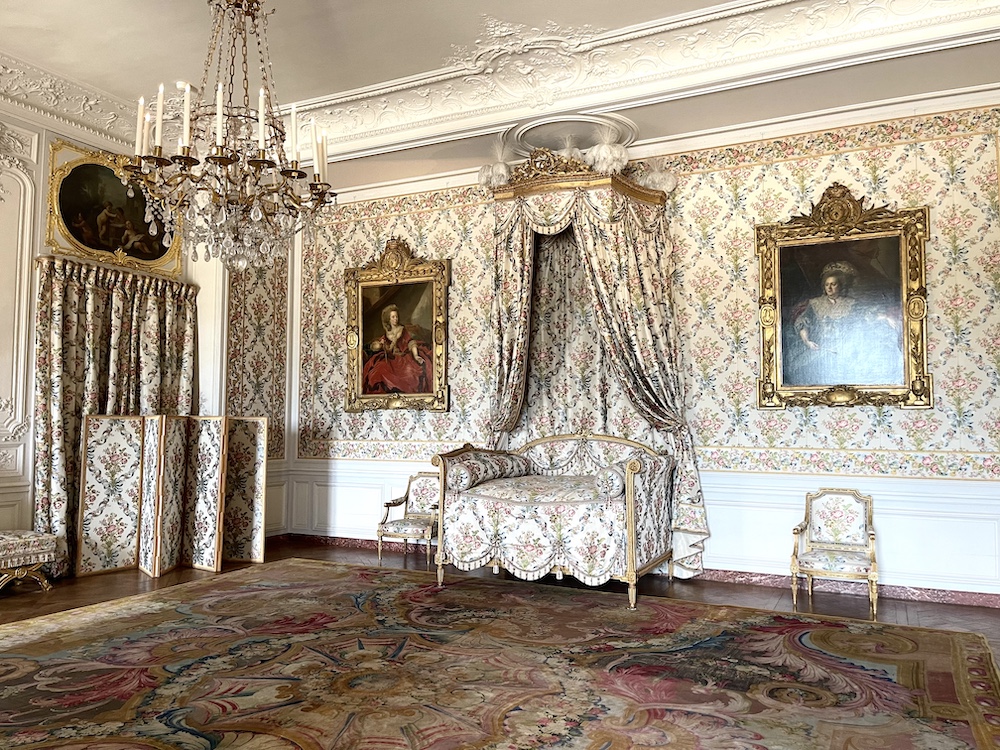
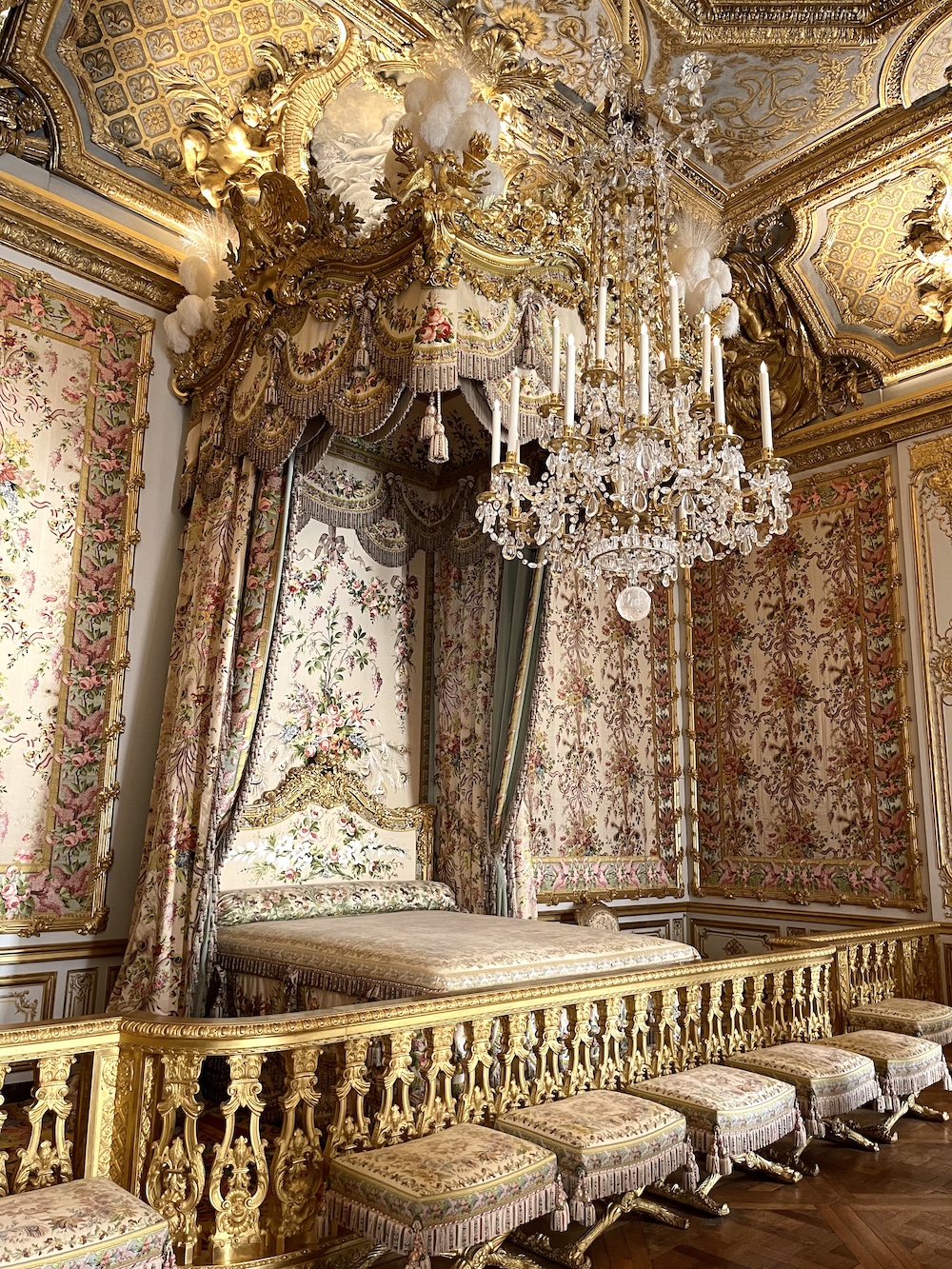
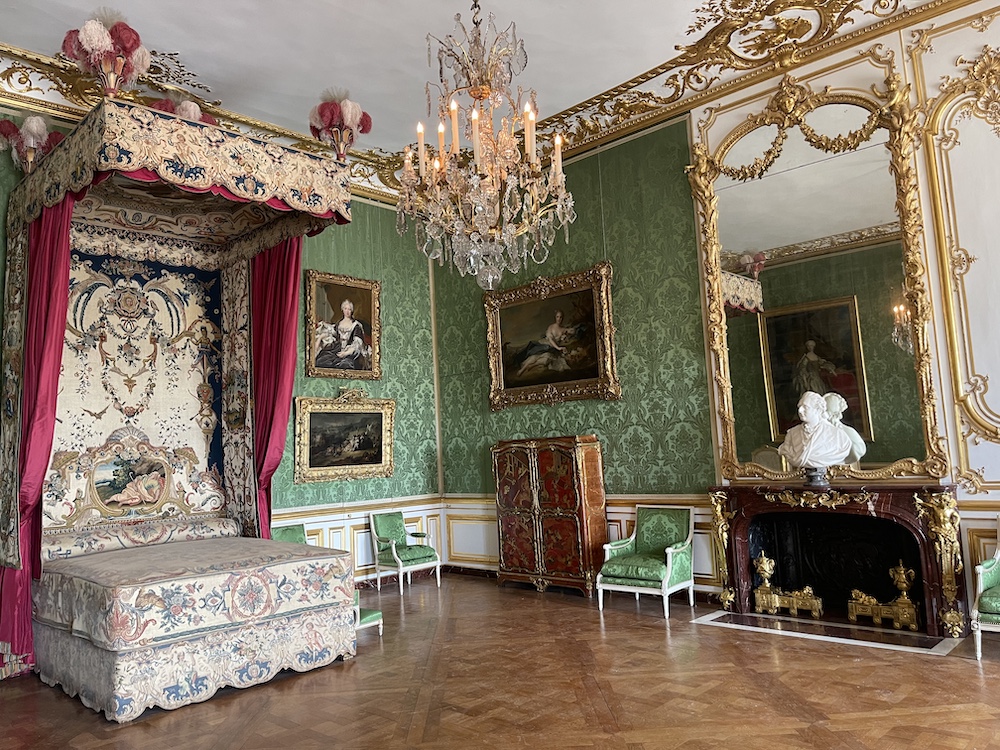
The gardens of the Palace of Versailles, which were designed by some of the most renowned gardeners of the era, are a central part of the palace’s allure. French landscape designer André Le Nôtre created the elaborate gardens, which were designed to echo the grandeur of the palace. The gardens feature a wide variety of plants, flowers, and trees, as well as numerous statues and fountains. The Groves of Versailles, a network of paths lined with trees, is a popular feature of the gardens.
The grounds of the Palace of Versailles also houses several additional buildings. The Grand Trianon and the Petit Trianon are both small palaces located on the grounds, and were used by the royal family for private retreats. The Grand Trianon was built for King Louis XIV as a place to entertain his mistresses, while the Petit Trianon was a private residence for Marie Antoinette. Another structure on the grounds is the Hameau de la Reine, a rustic hamlet designed for the queen.
Today, the Palace of Versailles stands as one of the most important examples of French Baroque architecture, and is a major attraction in France. Visitors can explore the lavish interiors of the palace and its spectacular gardens, as well as take part in various events and activities related to the history of the palace. The palace also houses an expansive art collection and numerous artifacts related to the history of France.
Want to learn more about various historic interior styles? Check out my History of Styles e-book:



